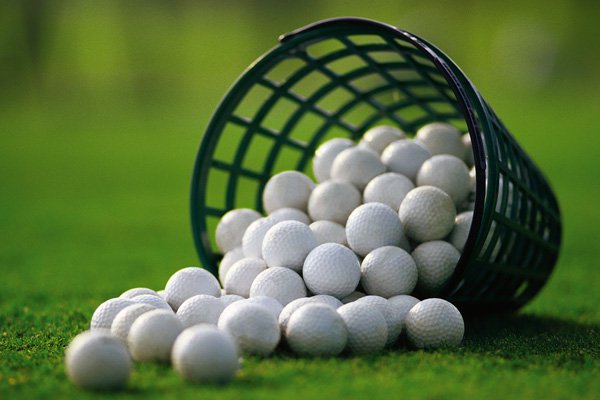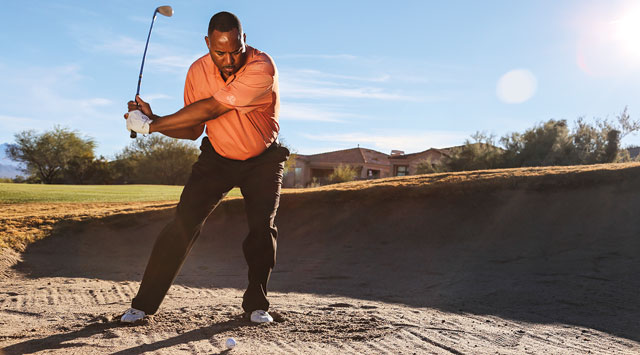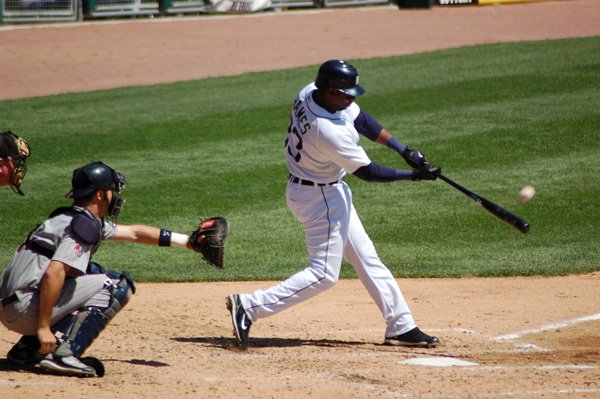Fly-fishing Rules Of Thumb for Leader Length and Tippet Sizes
Using the correct tapered leader and tippet for the type of fishing you are about to do is important to catching and landing fish. An undersized tippet can result in the angler losing their fish or an oversized tippet may spook fish with the result of a poor presentation. Here are some outlined rules of thumb for selection of leader lengths and tippet sizes. These simple rules will give you the basic information needed for proper selection of leader lengths and tippet sizes.
By definition a rule of thumb when it applies to fly fishing means; having wide application but not intended to be totally reliable in every situation. Accordingly here are some rules of thumb.
Rule of thumb on selecting leader length and size is to use the strongest test leader you can for the size of fish you are pursuing, in conjunction with the smallest diameter size adjusted to fishing conditions of wind, water and fly size so your fly presentation will be natural and not spook the fish.
When fishing clear water with also the possibility of fish holding in shallow water use as long a leader as you can cast properly. In windy conditions or on small streams where fish will be holding closer use a shorter leader for better turnover and presentation of the fly.
. It is suggested that the following conditions be a guide in leader length selection:
A 6 foot leader for trout on very small brushy brooks or with sinking fly lines.
A 7.5 foot leader for trout in streams that are less than 20 feet wide and in lakes when using intermediate or sinking tip lines and when fish are not overly spooky.
A 9 foot leader for trout in streams that are wider than 20 feet where the water flow is mostly riffled and where the fish are not to spooky.
A 12 foot leader for trout in streams with flies smaller than size 16 when the water is very clear, depths are low and water is flat without riffles. This length is also suggested for trout in lakes when using floating lines.
A 15 foot leader length for weary trout in very clear water including spring creeks, lakes and streams.
Rule of Thumb for selecting which X tippet size to use is dependent on the size of fish you are going after and the size of fly you want to use.
A tippet is given an X number which is determined by its diameter in thousandths, such as 1X, 2X, and so on. . The X diameter can be determined quickly by taking the number 11 minus X which equals its diameter in thousands. An example for a 4 X tippet would be 11- 4 = 7 and equates to a 4X tippet which is .007 thousands in diameter.
Rule of Thumb most tippet sizes will support three to four fly sizes before they affect leader turnover and a lifelike presentation
Simply divide the hook size you are using by 3 or 4 . For example a size 12 fly divided by 3 would equate to a 4 X tippet or a size 12 fly divided by 4 would equate to a 3X tippet. Now let the conditions of wind, water and size of fish dictate which leader length and tippet size you choose. If you have chosen to light of a tippet you may experience poor turnover of the leader, or the fly will spin and the leader will twist, fly's may break off while casting or hooking and attempting to land fish. These are signs of to light of a tippet for the fly size. Conversely with to heavy of a tippet lifelike presentations may suffer and fish may be spooked.
Following is a chart of common X leader sizes for trout and corresponding diameters, leader strengths and recommended fly sizes.
X Size Diameter Strength Fly Size OX .011" 15.5 lbs 1/ 0-4
1X .010" 13.5 lbs 2-6
2X .009" 11.5.lbs 4-8
3X .008" 8.5 lbs 6-10
4X .007" 6.0 lbs 12-16
5X .006" 4.75 lbs 14-18
6X .005" 3.5 lbs 16-22
7X .004" 2.5 lbs 18-24
8X .003" 1.75 lbs 22-28
One must have a good assortment of tapered leaders and tippet material sizes available at all times. There are many situations that will require switching leader sizes in the same day if not the same hour.
In conclusion, leader length, size and strength equate to fly presentation and hooking and landing fish. In choosing leader length, and tippet size the conditions of wind, water, size of fish and fly size dictate. Then use the strongest test leader you can for the size of fish you are seeking in conjunction with the smallest leader diameter matched to the fly size.. If adjusted to these conditions fly presentations will be natural and your abilities for hooking and landing fish increased.
Have Fun Fishing
Tom Loder
Beaches In Costa Rica Are Unparalleled In Reputation and Beauty
The Fishermans Carp Bivvy


